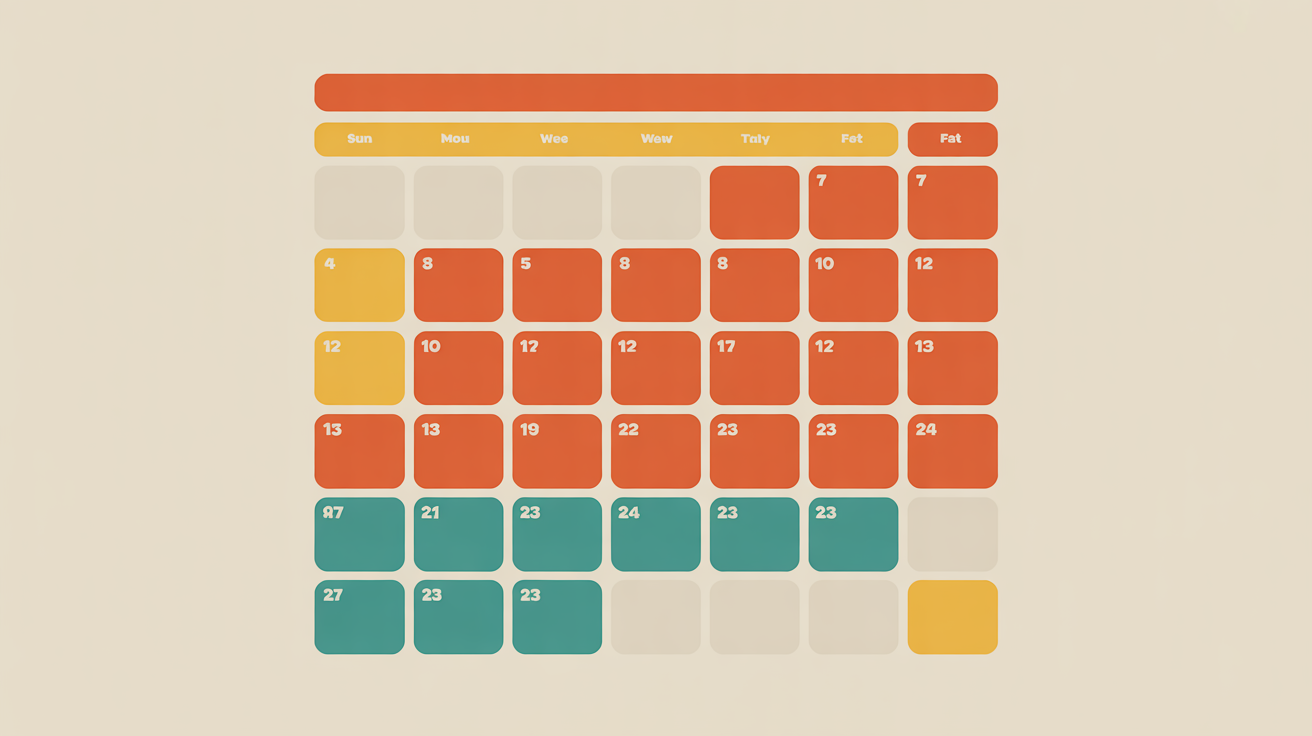Can Alternate-Day Fasting Help You Lose Weight? What Science Says
Discover the scientific evidence behind alternate-day fasting for weight loss, including clinical trial results, fat loss vs muscle preservation, and realistic expectations.
📋 Table of Contents

If you're considering alternate-day fasting (ADF) for weight loss, you probably want to know: does it actually work? The short answer is yes—but let's look at what the research really shows, beyond the marketing hype.
What the Research Shows
A comprehensive 2020 review in Nutrients journal analyzed data from over 1,000 participants across multiple studies. The findings? People following ADF lost an average of 3-8% of their body weight over 8-12 weeks, with most of that weight coming from fat rather than muscle.
One standout study published in JAMA Internal Medicine followed 100 overweight adults for a full year. The ADF group lost an average of 6% of their starting body weight and maintained most of that loss even after the study ended. Compare that to traditional dieting studies where most participants regain lost weight within 12-24 months.
Fat Loss vs. Muscle Loss
One common concern with rapid weight loss is losing precious muscle mass along with fat. Here's where ADF shines. Research from the University of Illinois Chicago found that approximately 90% of weight lost through ADF came from fat mass, with minimal muscle loss—especially when participants consumed adequate protein (1.2-1.6g per kg body weight).
The alternating pattern of feast and fast days seems to provide enough nutrition and stimulus to preserve lean tissue while still creating the calorie deficit needed for fat loss. This is a significant advantage over very low-calorie diets, which often result in substantial muscle loss.
Realistic Expectations
Let's be honest about what ADF can and can't do. In the first month, many people lose 4-8 pounds, with some of that being water weight. After the initial phase, expect 1-2 pounds per week of actual fat loss.
Factors that influence results include starting weight, adherence to the protocol, activity level, sleep quality, and metabolic health. People with more weight to lose often see faster initial results. Those with insulin resistance may experience particularly strong benefits.
How ADF Compares to Other Diets
Multiple head-to-head studies have compared ADF to traditional daily calorie restriction. The results? Weight loss is typically similar between approaches, but ADF may have advantages in terms of metabolic health markers like insulin sensitivity and inflammation.
Compared to other intermittent fasting methods like 16:8 time-restricted eating, ADF tends to produce faster initial results but requires more discipline. The key is finding an approach you can stick with long-term.
Tips for Maximum Results
To optimize weight loss with ADF:
- •Focus on protein-rich foods on both fast and feast days
- •Include resistance training 2-3 times per week to preserve muscle
- •Stay hydrated with water, black coffee, and unsweetened tea
- •Get 7-9 hours of quality sleep per night
- •Manage stress through meditation, yoga, or other relaxation techniques
- •Don't compensate by overeating on feast days
- •Be patient—sustainable fat loss takes time
📚 References & Further Reading
- NIH study on alternate-day fasting and weight loss ↗
Long-term weight loss and maintenance data
- Nutrition Journal review of intermittent fasting ↗
Meta-analysis of weight loss outcomes across multiple studies
- University of Illinois Chicago ADF research ↗
Body composition changes and muscle preservation with ADF